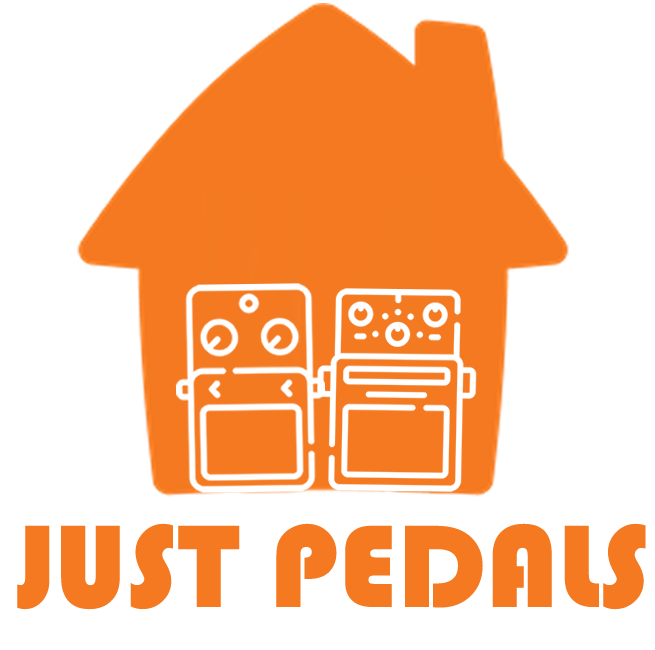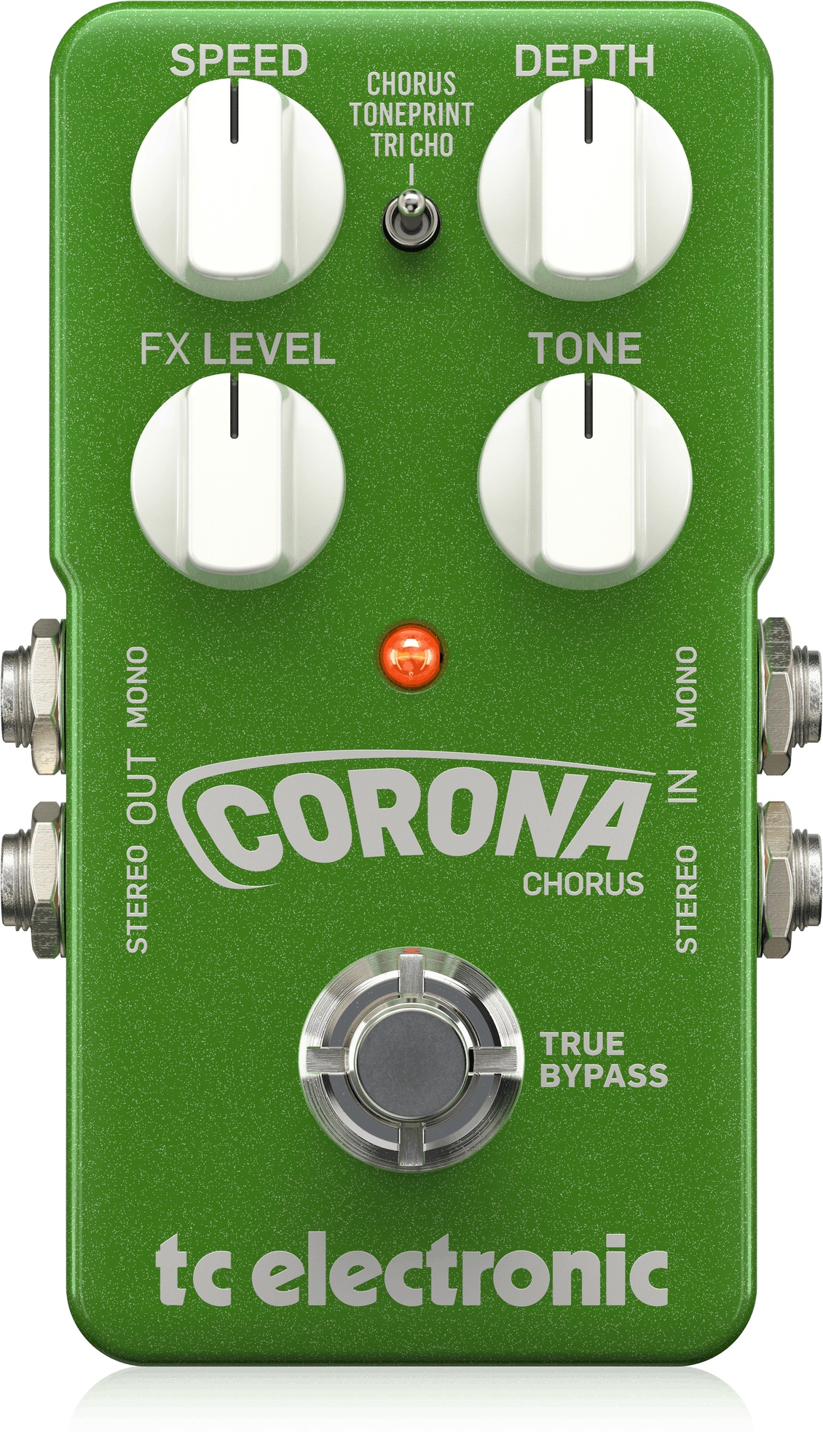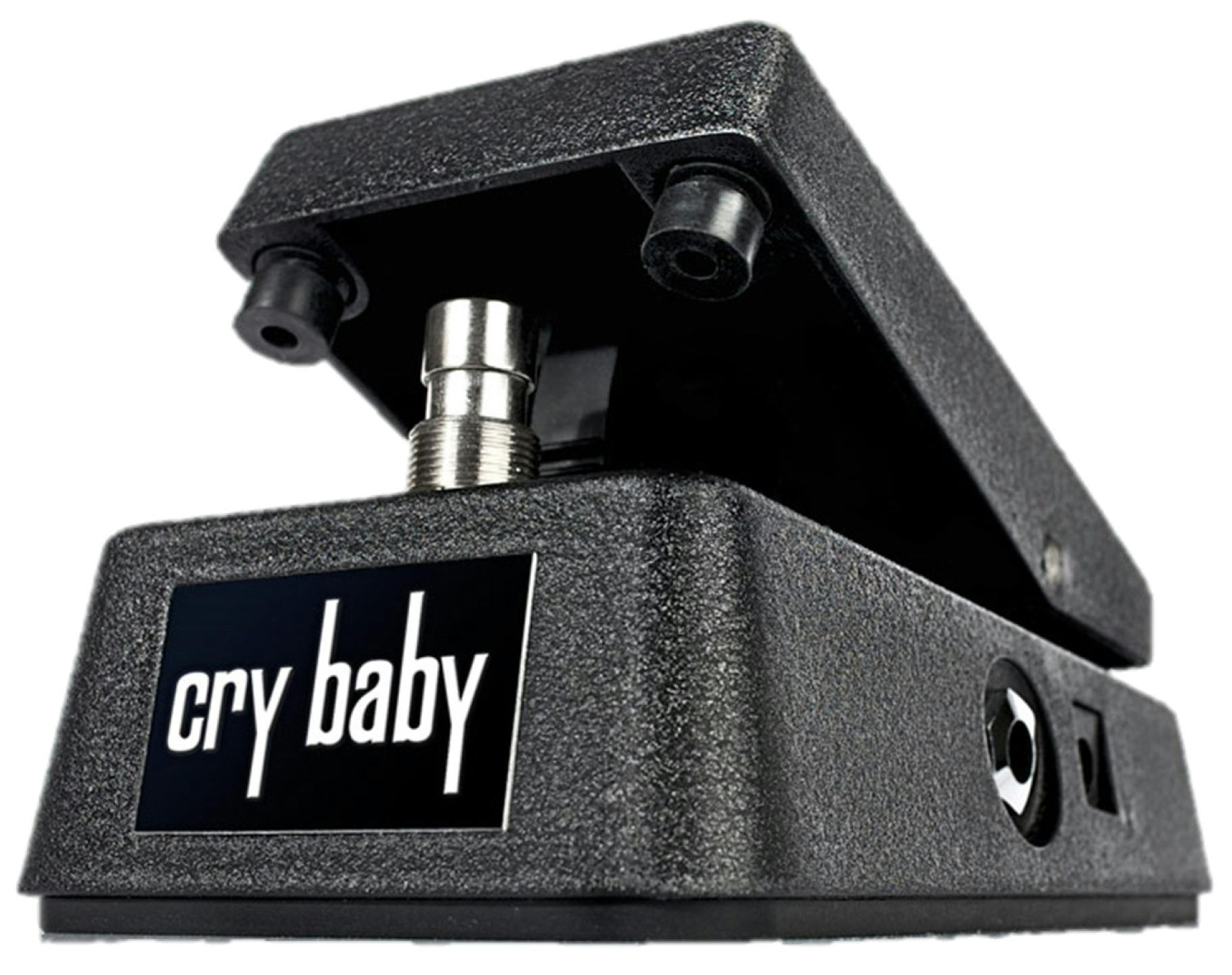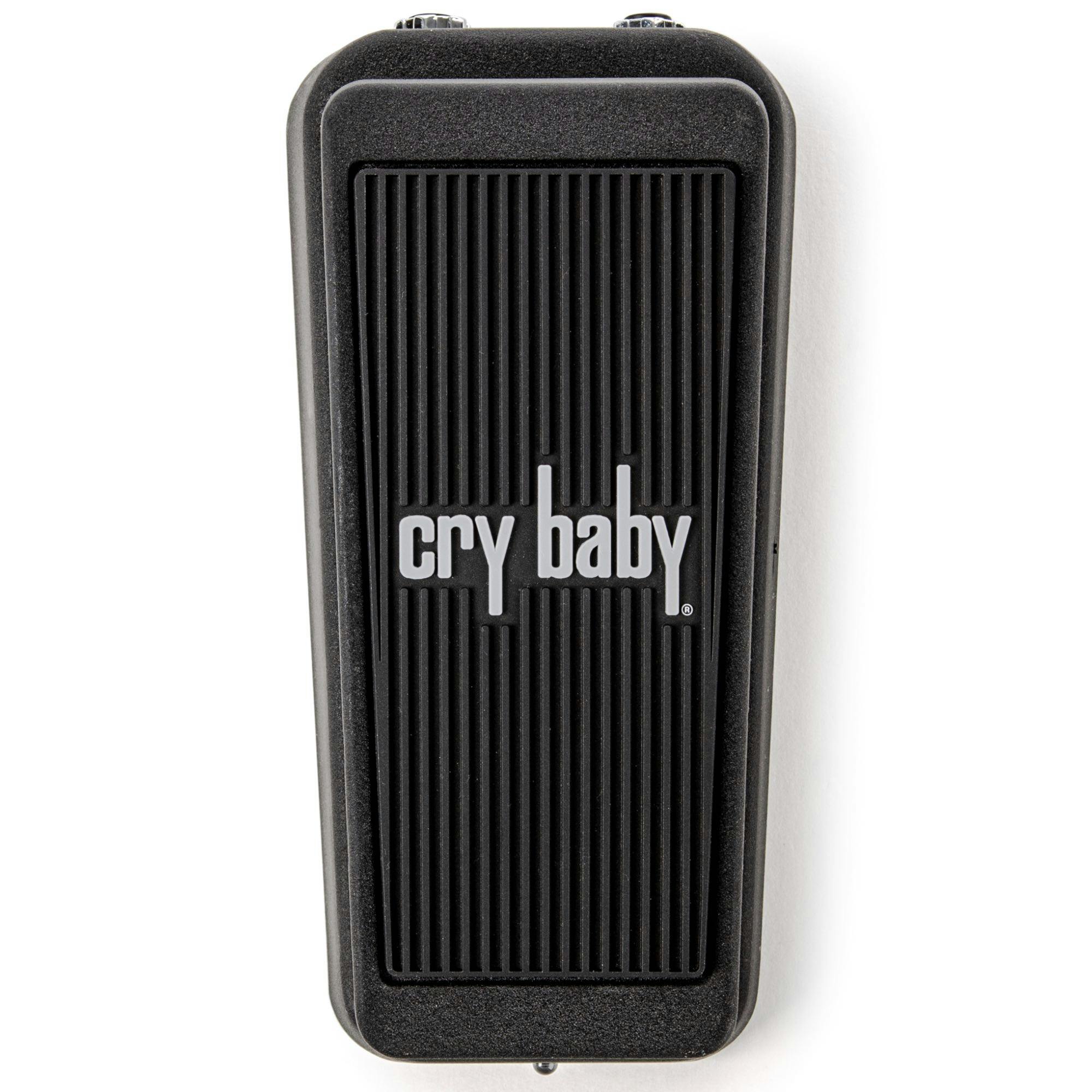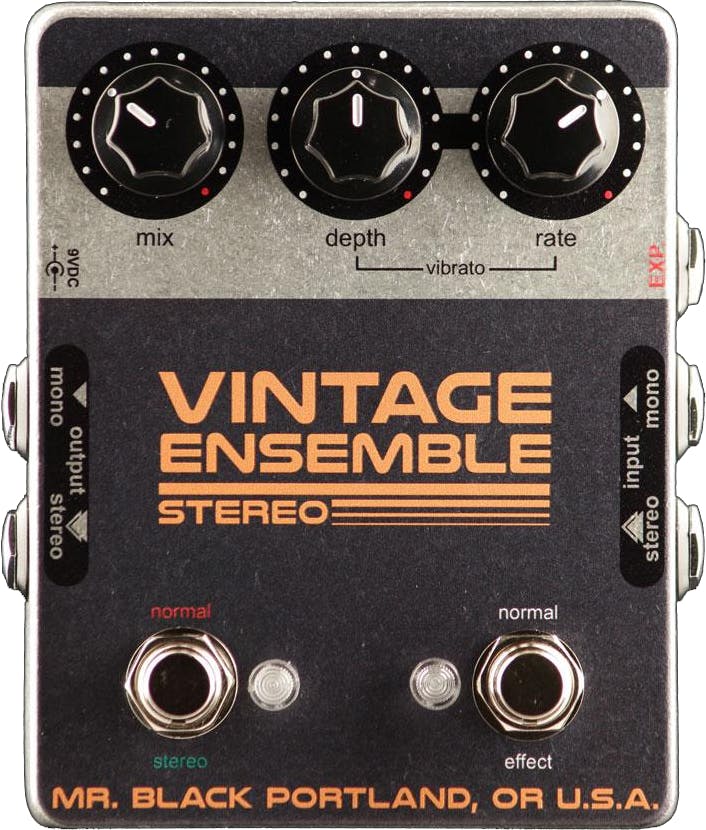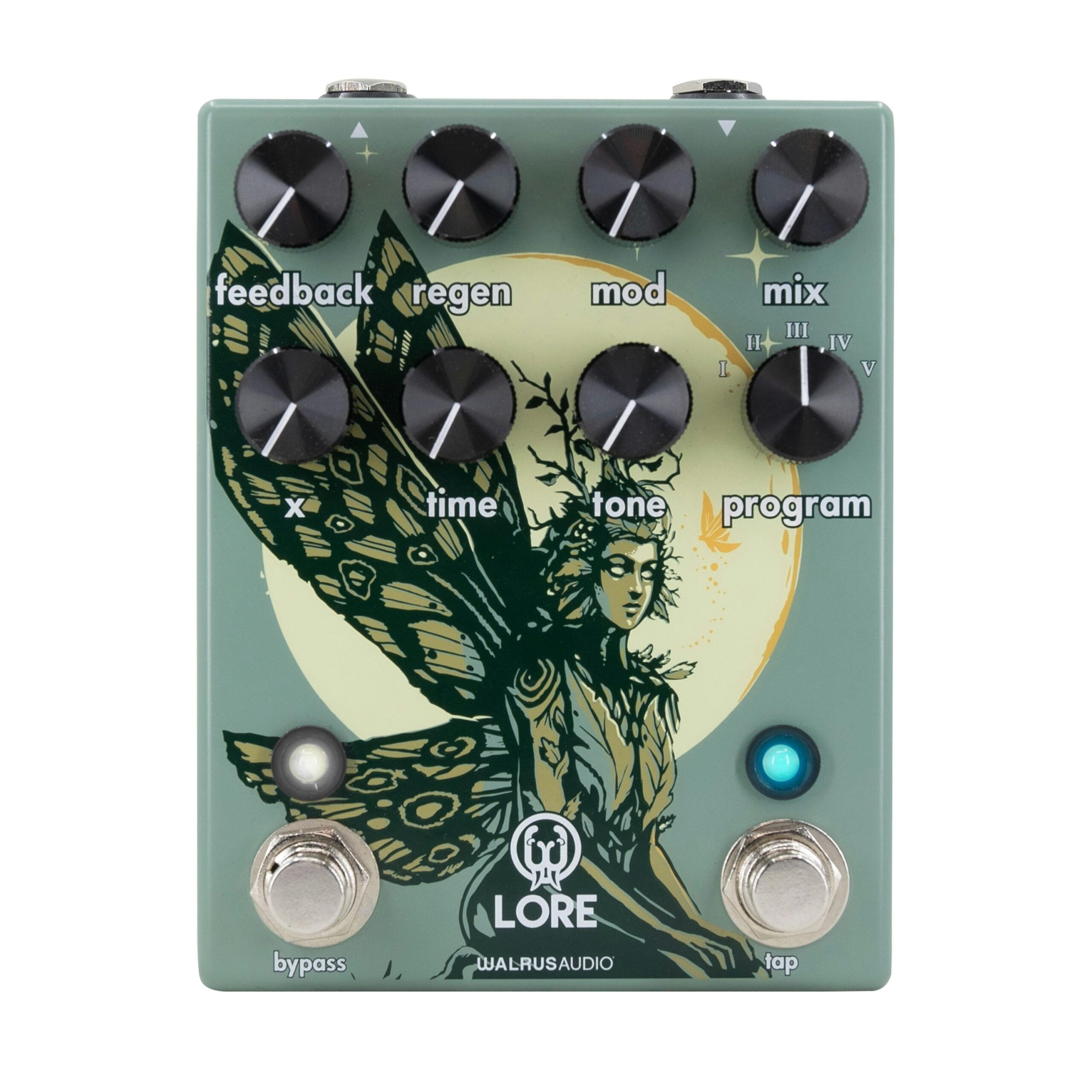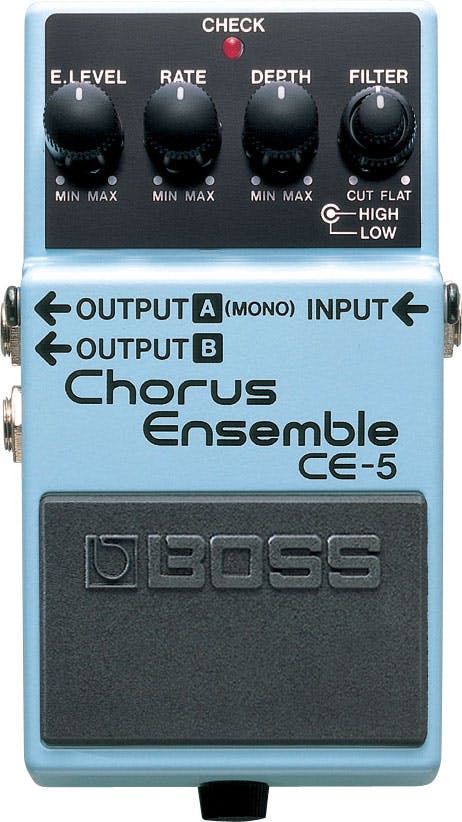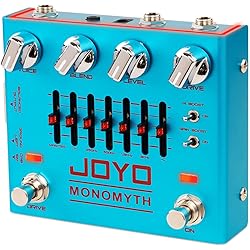Just Chorus Guitar Effect Pedal Videos – 🎸 Pedal CUVAVE M-VAVE cube baby guitar delay reverb distortion chorus phaser ir cab simulation
Chorus Video – 🎸 Pedal CUVAVE M-VAVE cube baby guitar delay reverb distortion chorus phaser ir cab simulation
BOSS Bd-2 Blues Driver Guitar Effects Pedal
£105.00 £92.00
The BD-2 Blues Driver delivers the creamy, yet crunchy sound associated with great blues guitar. This popular pedal provides instant access to the kind of warm overdrive and emotive distortion usually reserved for 30-year-old tube amps. Classic "blue… read more
Mooer MAC1 Akoustikar Acoustic Guitar Simulator
£57.99 £56.00
3 Working Modes: Piezo/Standard/Jumbo Full metal shell Very small and exquisite True bypass
JOYO Bass Guitar Pedals Overdrive Amp Simulator Effect Pedal with EQ and Noise Reduction for Bassist Electric Guitar Bass (MONOMYTH R-26)
£75.99
Bass preamp analog pedal that simulates real amplifier tone and optimum response with multiple tone-sculpting options. High dynamic 6-band graphic EQ control, precisely enhance tone for bass guitarists in recording sessions, stage performance, etc. D… read more
LEKATO Reverb Pedal 9 Digital Reverb Effects Guitar Effects Pedal for Electric Guitar
£39.99
🎸9 Classic Reverb Effects ▶LEKATO Reverb Pedal features 9 built-in digital reverb types, including Room, Hall, Plate, Spring, Shimmer, Cloud, Bloom, Swell, Lofi. 🎸Extensive Parameter Customization ▶Beyond standard MIX and DECAY knobs, this guitar rev… read more
BOSS Ce-2W Waza Craft Special Edition Chorus Pedal, Special Edition Waza Craft Pedal, The Ultimate BOSS Tone Experience, Blue
£238.00 £190.64
Launched in 1976, the CE-1 Chorus Ensemble was not only the world’s first chorus effect pedal, but also the very first BOSS pedal. Three years later, this inventive new sound was squeezed into the blue CE-2 Chorus, and chorus pedals have remained in … read more
Donner Yellow Fall Delay Guitar Effect Pedal Mini Compact Size True Bypass
£25.99
[Analog Delay Pedal] Reproduces the warm and natural classic vintage analog delay sound. [Flexible Delay Pedal] 20ms to 620ms of delay time. Adjustable delay level and feedback. [Durable Guitar Pedal] Aluminium-alloy classic, stable and strong. [True… read more
